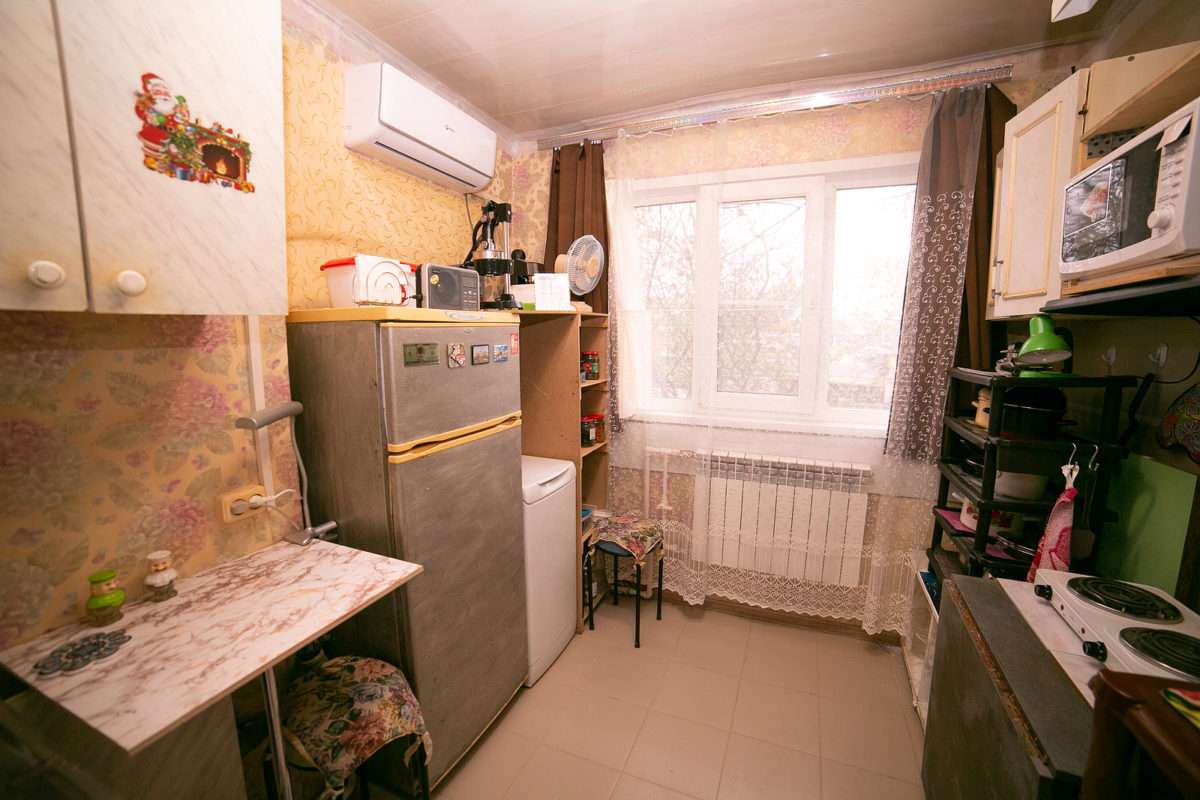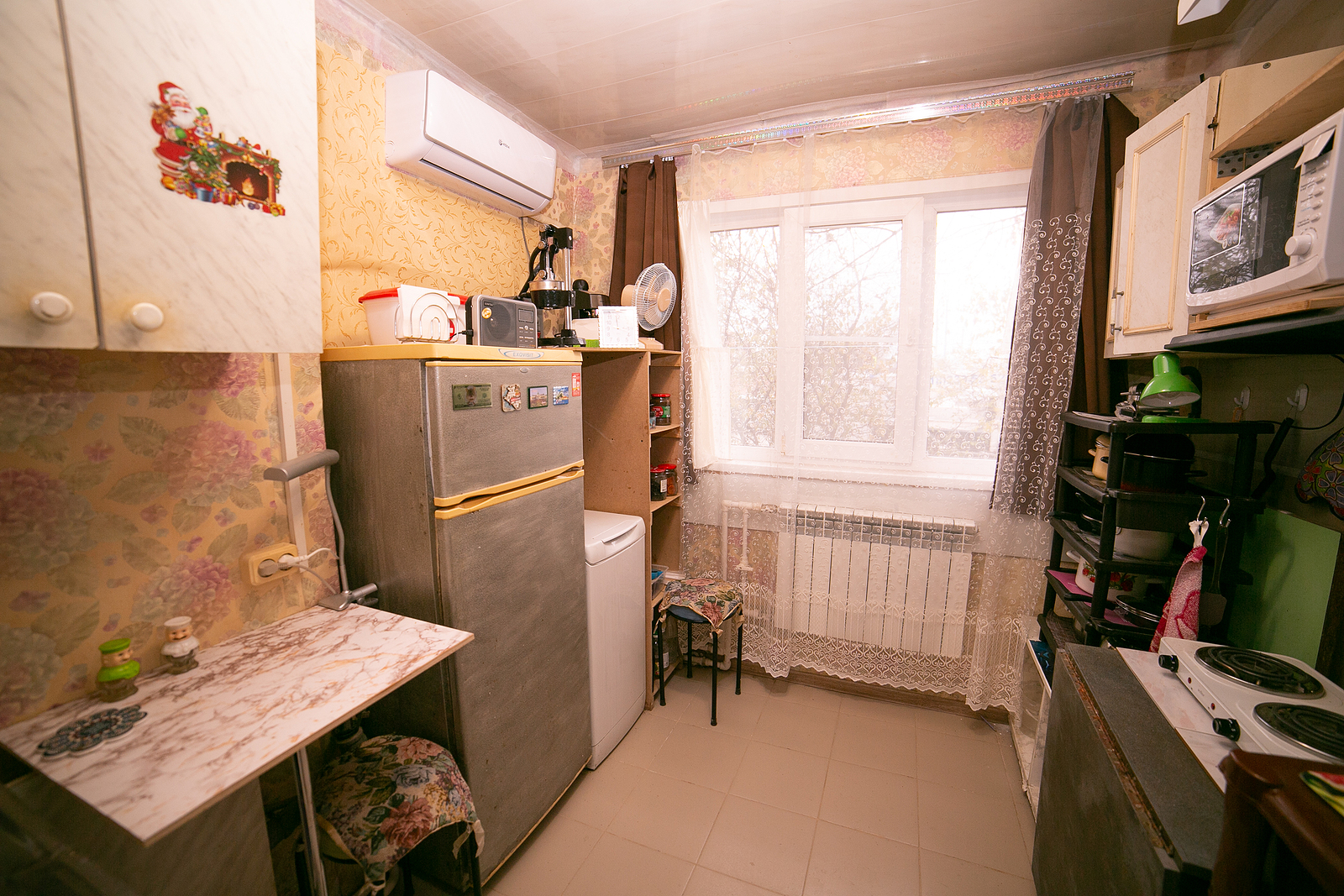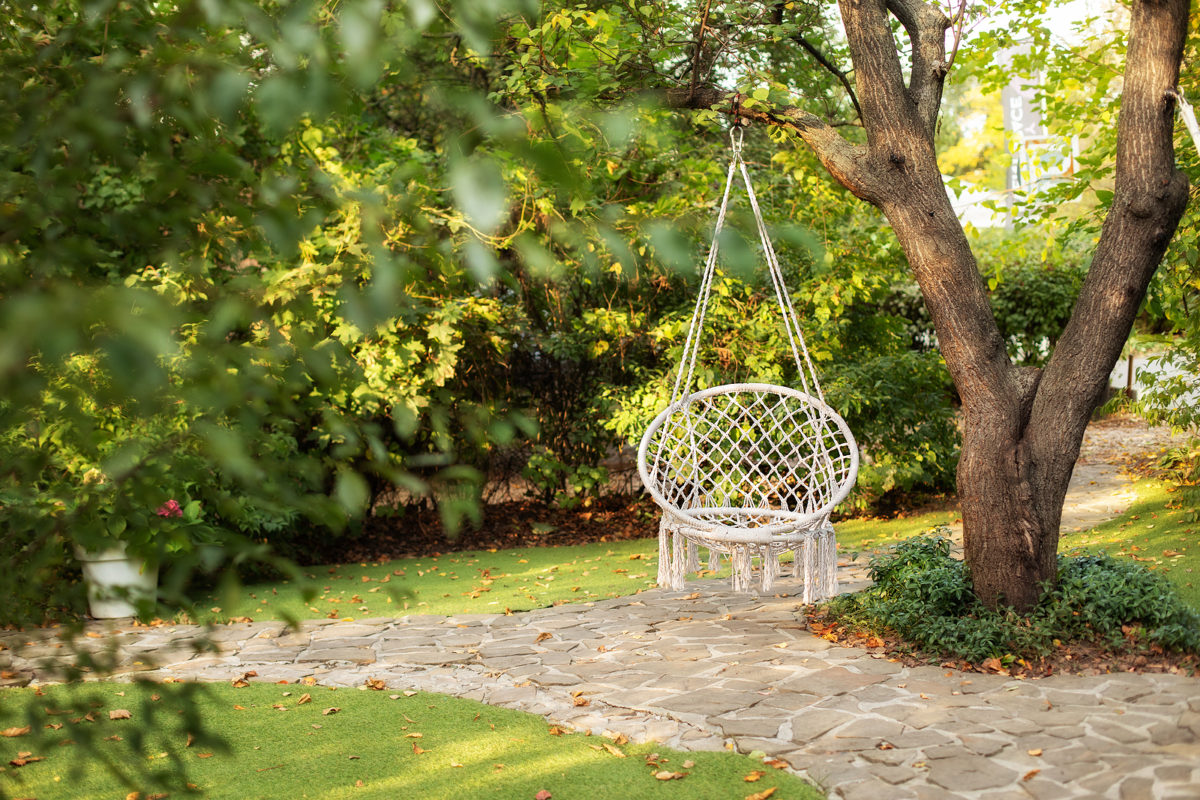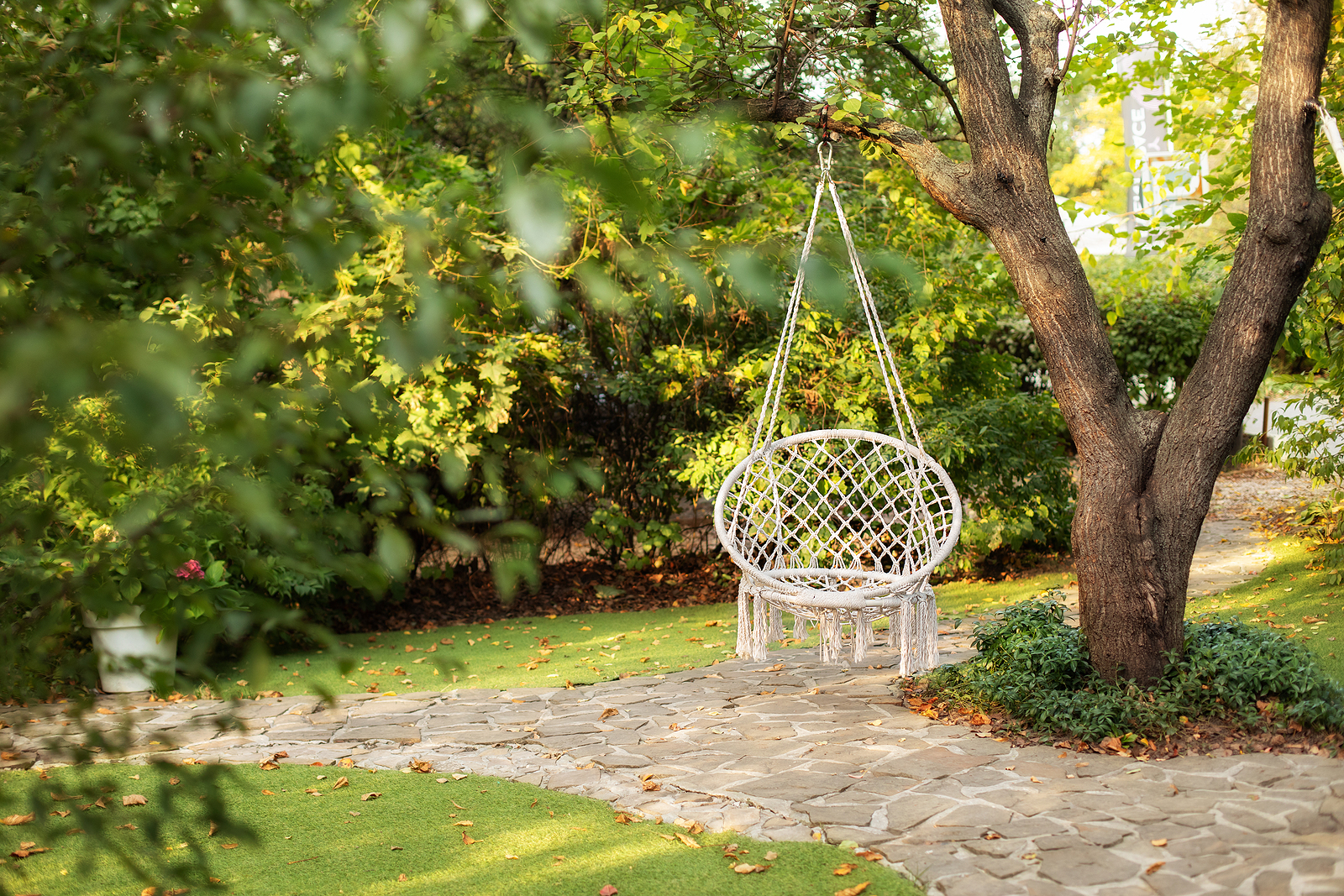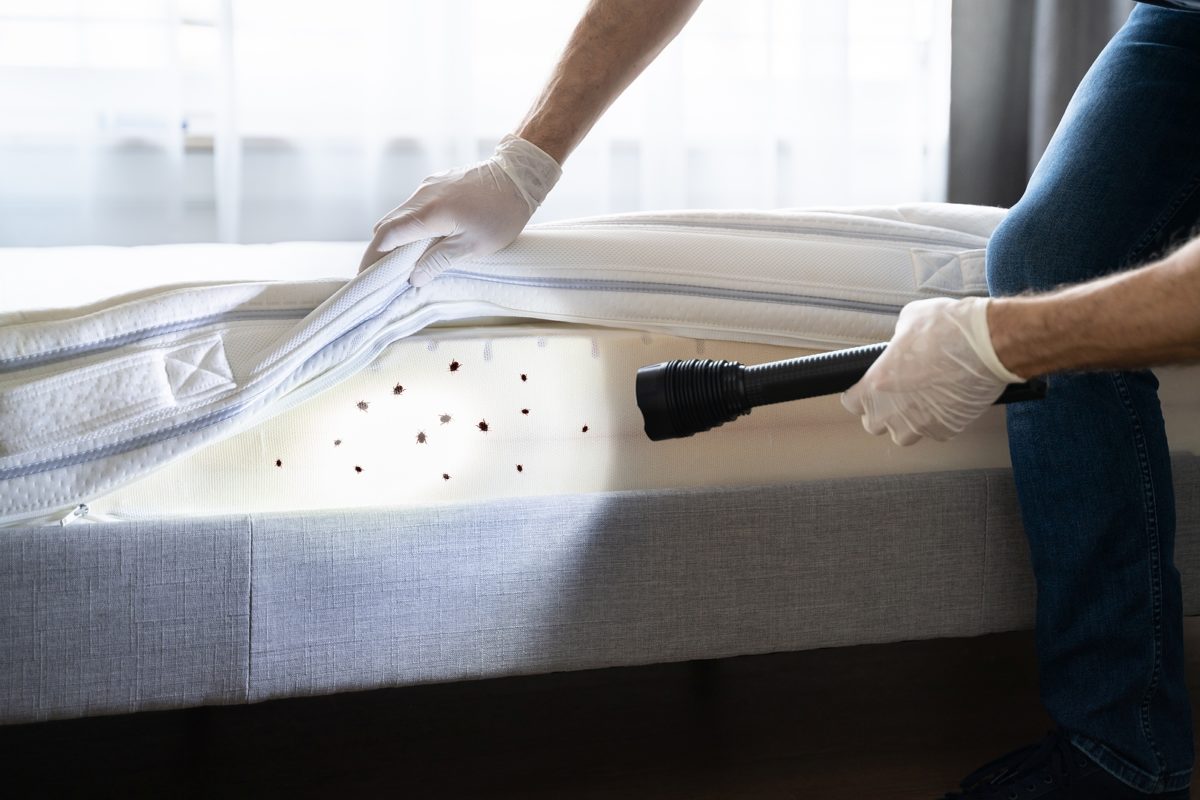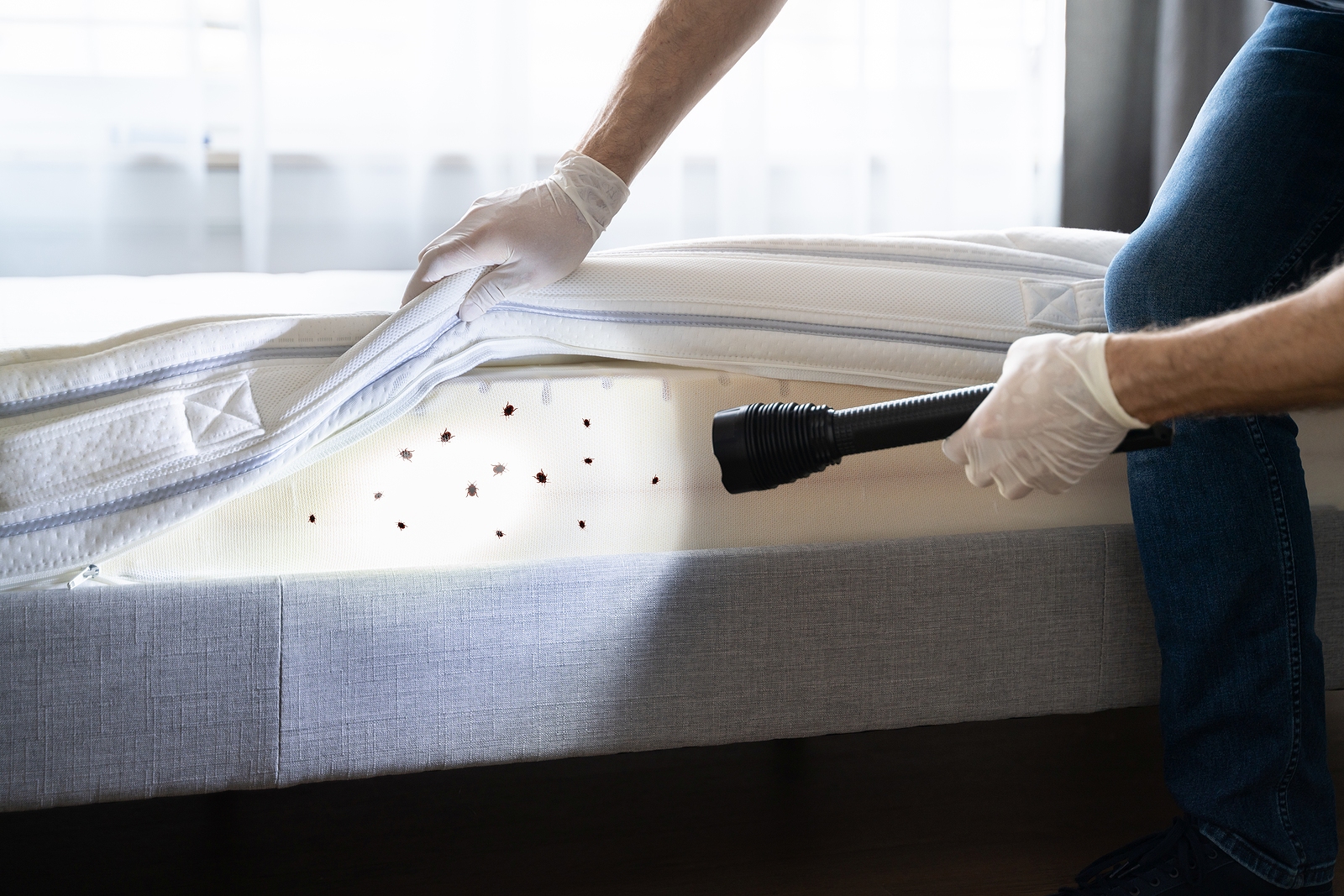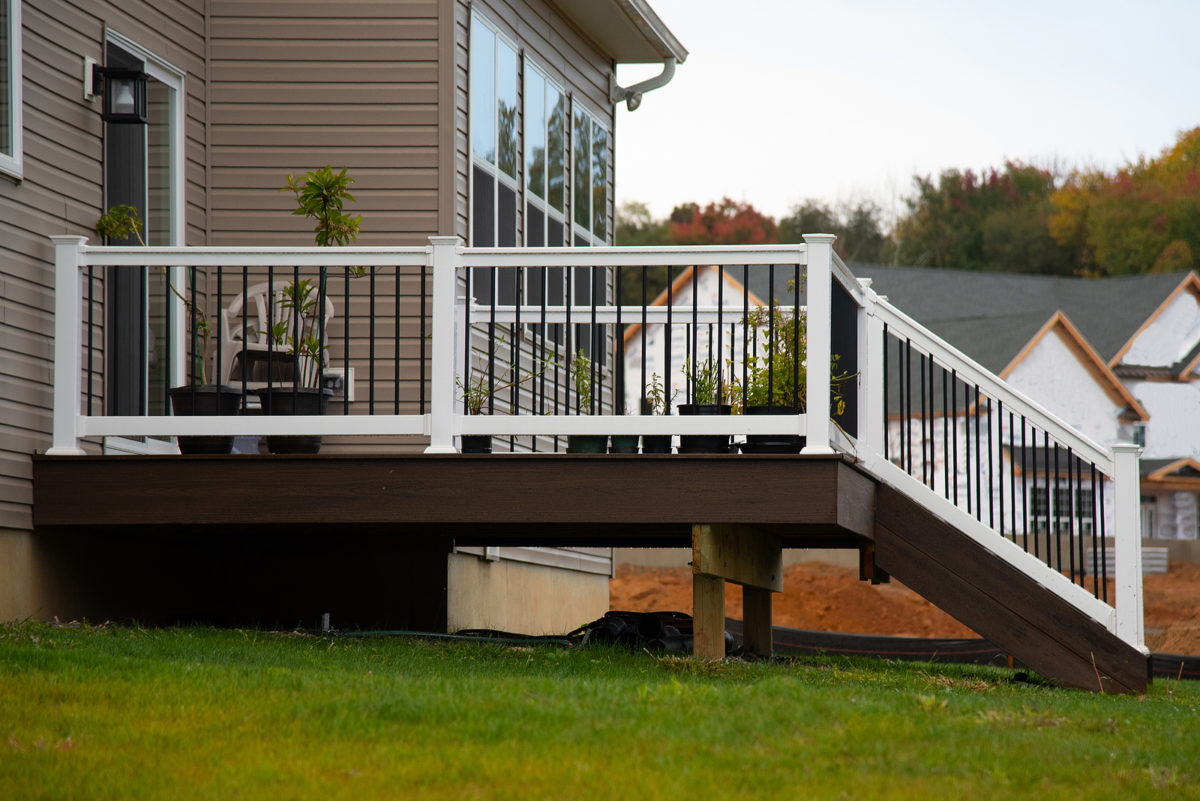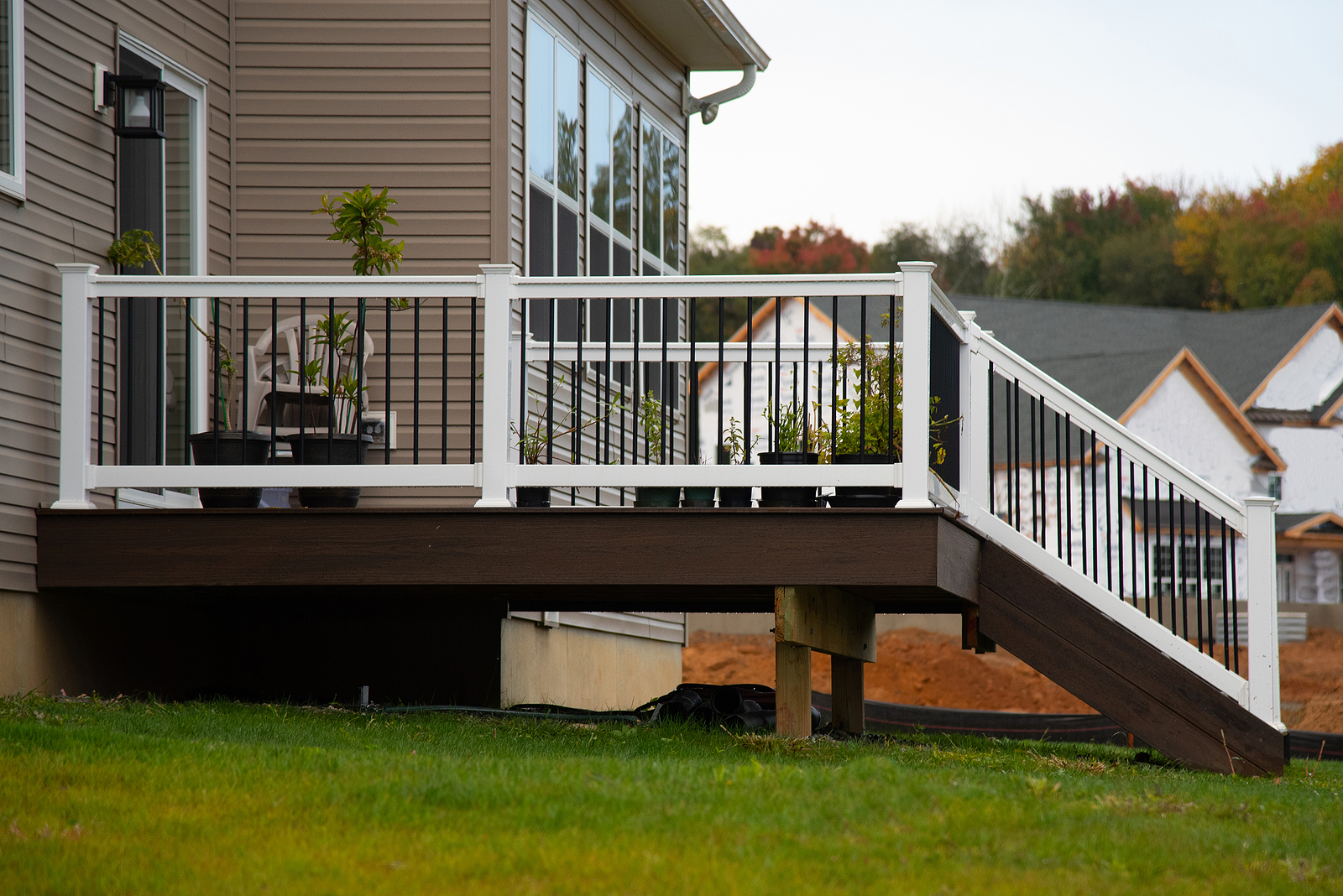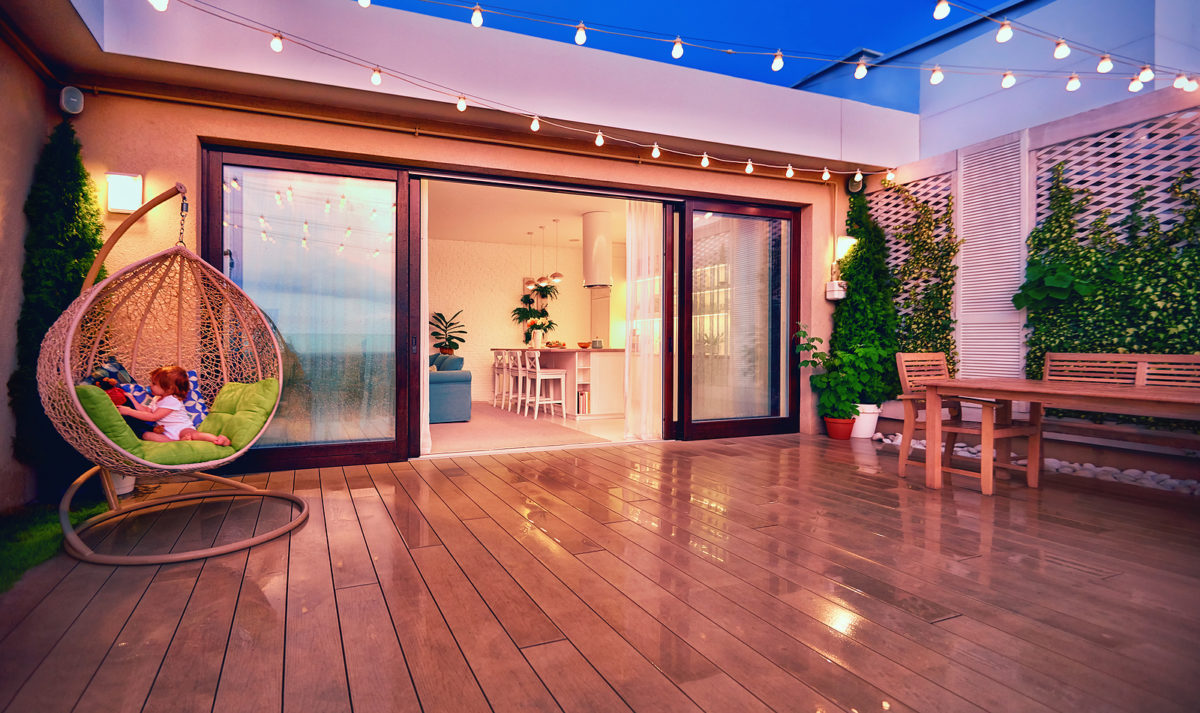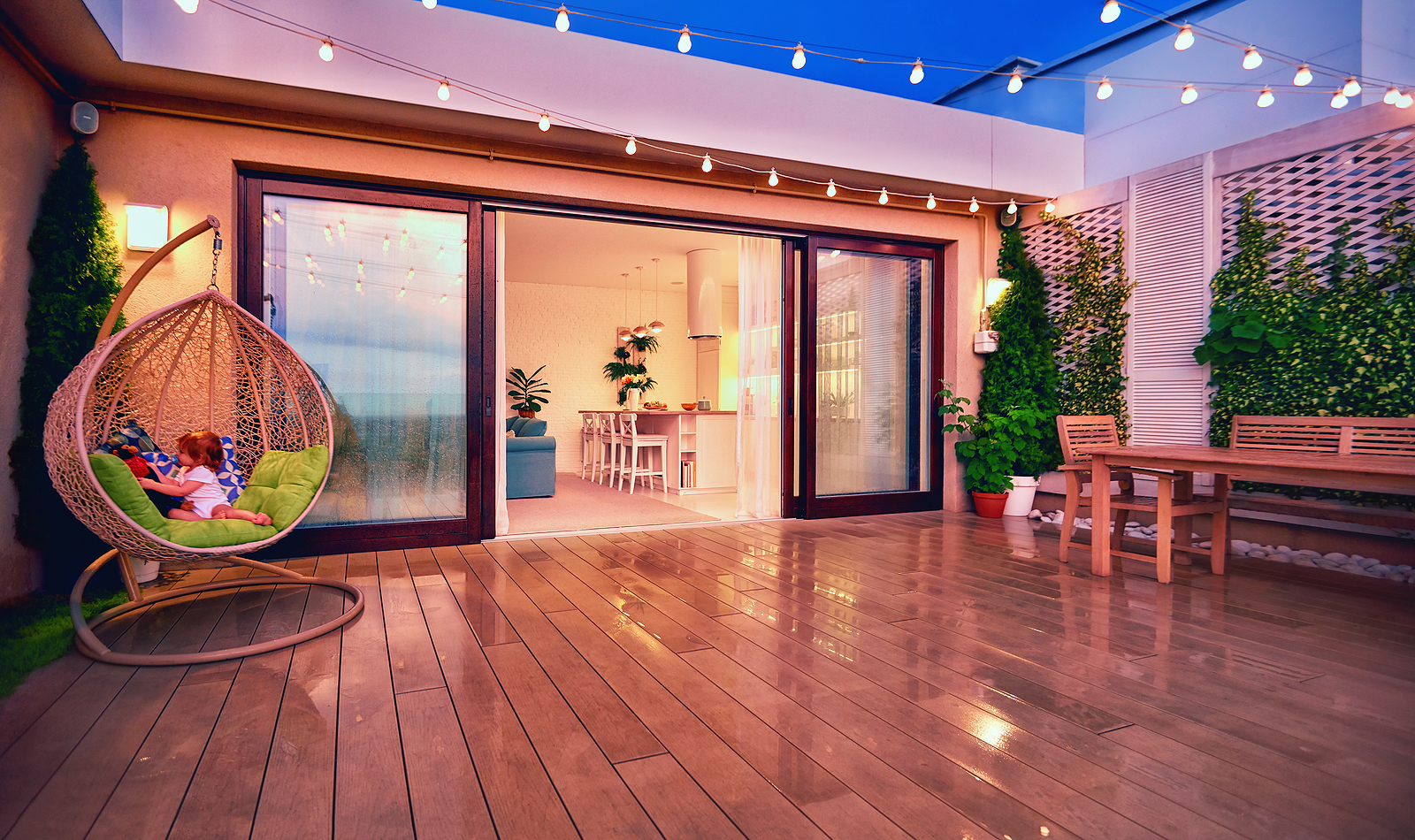Green – a word that can indicate envy or inexperience, it can conjure up a frog named Kermit, or immature fruit.
It’s also a descriptor of a lifestyle that is concerned with environmentalism.
While many Americans take this concern to the max, others adopt pieces of a green lifestyle. This way, they can do their part to help the environment while saving money in the process.
A Home Improvement Research Institute (HIRI) study found that more than 40% of us will purchase green products for the home. If you’re among this group, read on to learn three easy ways to make your life at home a bit greener.
1. Go green when you clean
You’ll find lots of cleaning products at the supermarket, labeled “eco-friendly” or “green.” Do they work as well as traditional cleaners?
“Indeed they do, according to according to research analyst Samara Geller with the Environmental Working Group (EWG). “They have been demonstrated to be just as effective at tackling various cleaning chores as traditional cleaning products,” she claims.
But not all so-called eco-friendly products are created equal and even the experts at EWG.org admit that. In fact, they recommend that when shopping for cleaners to use in the home, ensure that they are:
- Certified by Green Seal or Ecologo
- Fragrance-free
- Free of quaternary ammonium compounds or triclosan
Go online to the Environmental Working Group’s website to find out which cleaners they recommend.
2. Save the environment by installing a new thermostat
If you haven’t read up on programmable thermostats, what are you waiting for? Basically, you program in the times you want the home’s temperature to warm or cool and to regulate what it should do when nobody is at home.
Look for a “smart thermostat,” which will “learn” your heating and cooling habits and you can control it from an app.
The folks at the U.S. Department of Energy find that you could save up to 10% on cooling and heating your home just by dialing back the thermostat 7 degrees while you’re at work.
3. Save with this simple tip
What’s simpler than changing a light bulb? If you ensure that the new bulbs are ENERGY STAR® certified you’ll save up to 90% in energy consumption, according to the owner of the ENERGY STAR registered trademark, the EPA.
Take these three steps to a greener home to help protect your family, your pocketbook and the environment.


